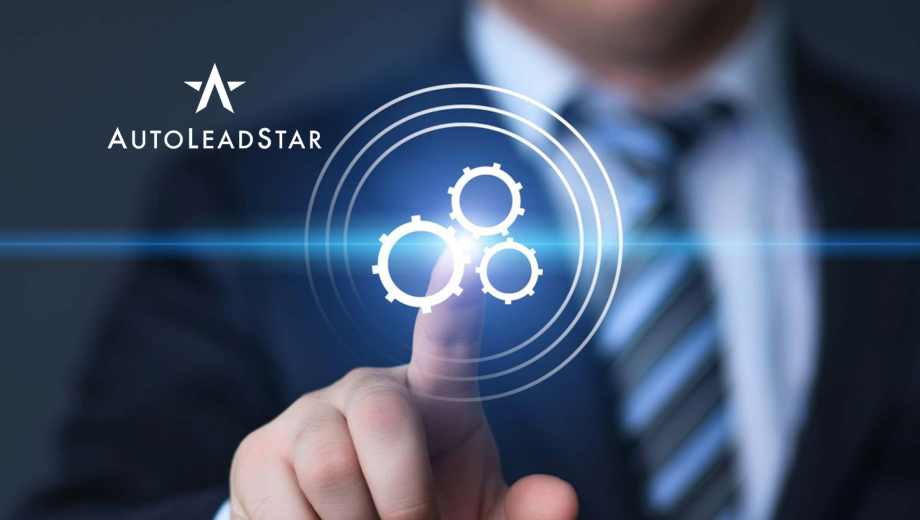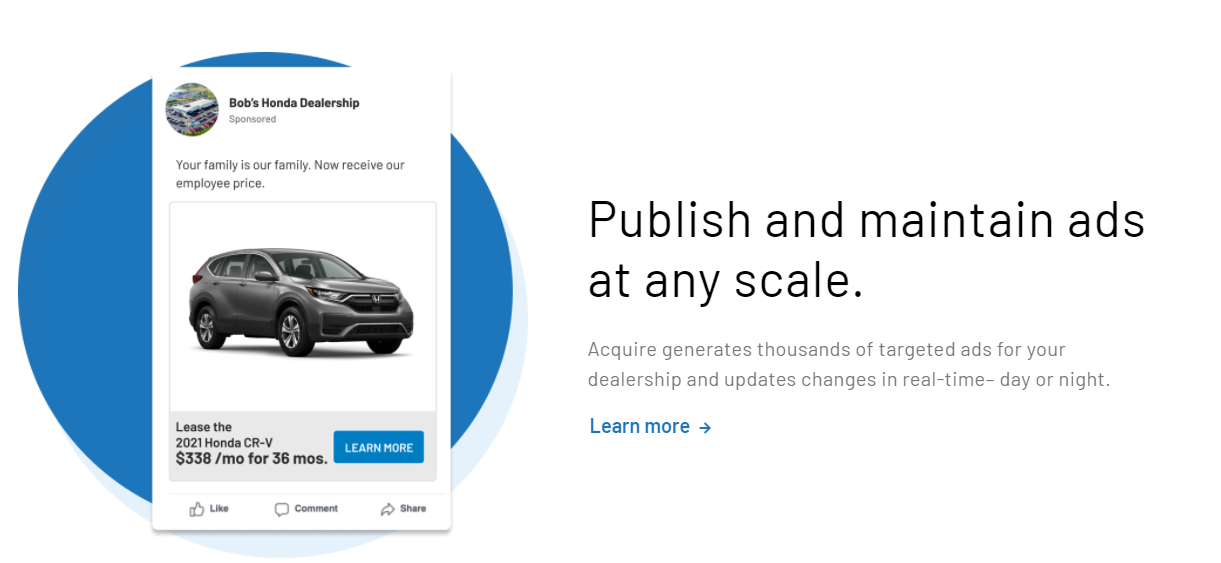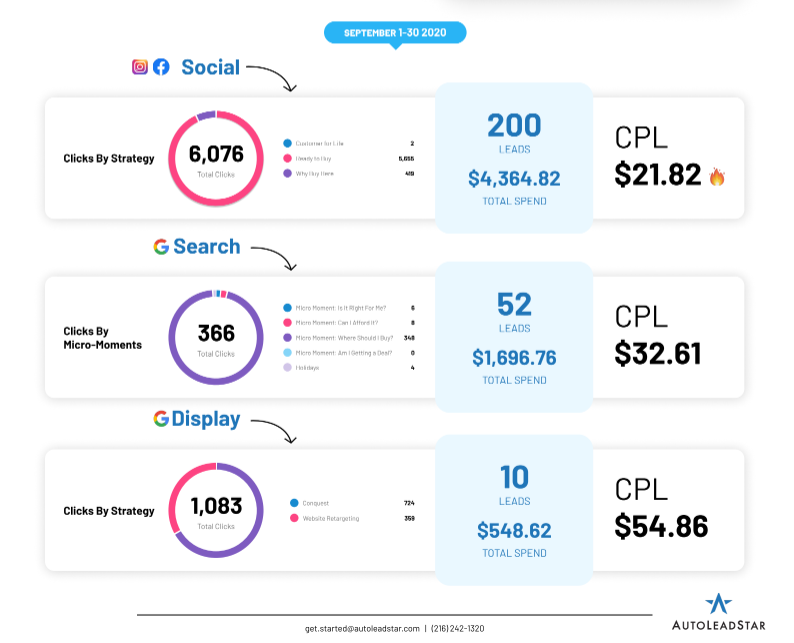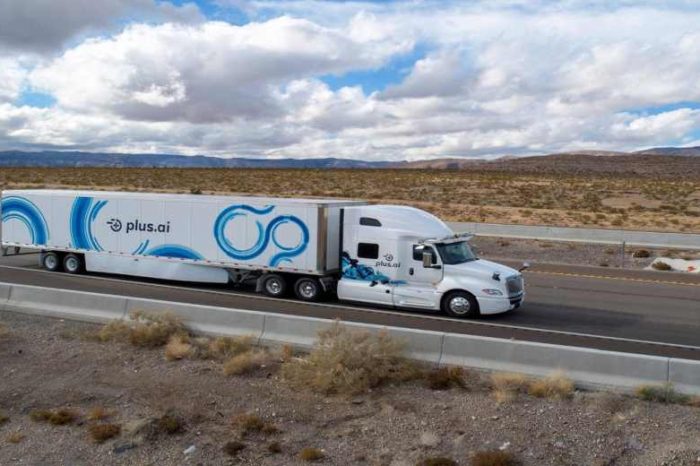How AutoLeadStar is Revolutionizing Automotive Digital Marketing

Consumers prefer going online to shop these days. According to Business Insider, the global online shopping market grew to nearly $4 trillion in 2020.
Car and vehicle purchases remain something of an exception, with most shoppers visiting dealerships physically to complete purchases. However, consumers visit a dealership based on their online perception of them. Things such as the choice of vehicles at a location and the quality of responses customer queries receive play an important role in the purchasing process.
As a result, many dealerships have embraced digital marketing wholeheartedly. They’ve also discovered that marketing online is much more than just creating a fancy ad and uploading it to a paid platform. This situation doesn’t surprise Aharon Horwitz, CEO of AutoLeadStar.
“To compete and win business on the internet today,” he says, “you need a pretty robust and sophisticated strategy. It’s very hard to do this manually and it becomes a bottomless pit of frustration and missed opportunity.”
Unique challenges
Car dealers live in a unique space in today’s market. They exist in an environment of competition and collaboration with the manufacturers they’re affiliated with. Some dealers choose to sell used cars to avoid competition and can thus spread their wings more. However, these dealers lose access to subsidies that original equipment manufacturers usually provide.
“The past year (2020) was a massive wake-up call for dealers,” says Horwitz. “It led to an industry-wide catch-up on digital commerce and more broadly connected digital marketing funnels.” Most car dealers recognized shifting consumer behavior and pivoted from a brick and mortar business model to what is called a clicks and bricks model.
The idea underlying this business model is that a company treats its online channel as a primary means of selling products instead of an extension of its physical store. It was here that dealers ran into their biggest problem: The inability to customize products.
Unlike a shoe or a piece of apparel, there was no way for dealers to quickly locate a consumer’s preferences and direct them to the right vehicle quickly. They had to rely on providing a large set of images to the consumer and hope they liked one of the vehicles being suggested.
This was where Horwitz, a marketing automation technology veteran, saw an opportunity. He told Hackernoon,”The best salespeople at car dealers today are entirely consultative and supportive. We think that digital marketing has to be like this. It should be super specific to the shopper interest and it should be fully scaled on all the offerings so it can find the right matches.”
Enter AutoLeadStar
AutoLeadStar was built with the express purpose of helping local car dealerships take charge of their digital marketing. The platform automates social media and paid ads so that dealers can laser-target their audiences and market their vehicles around the clock.
The platform utilizes AI-backed technology to help dealers create, upload, and optimize their ads. As a result, digital marketing units at dealerships can focus on running analytics on their ad campaigns instead of carrying out manual tasks that merely maintain them.

AutoLeadStar also helps dealers target and provide customers with unique browsing experiences on the dealership’s website. By gathering customer preference data, dealers can offer highly customized suggestions and replicate the in-person buying experience when a customer visits the dealership.
“What consumers want is exceptional accommodation when it comes to the buying experience,” says Horwitz. “The type of service they get when buying from Amazon or other digital fulfillers.” Dealers have fully jumped on board with this trend, and the results are stunning.
More leads, less spending
A good example of this was the experience independent dealer CARite of Daytona, FL had with AutoLeadStar. Decreasing their cost per lead (CPL) was of primary importance to CARite, and their results surpassed expectations.
Not only did AutoLeadStar’s platform reduce their CPL to $21.82, but CARite was also able to provide highly customized product recommendations that increase lead quality.

In Nelson Mazda’s case, the results were even more spectacular. Using AutoLeadStar’s Acquire module, the dealership experienced a 1,494% increase in Facebook traffic and a 160% increase in overall leads in 3 months. Needless to say, Nelson Mazda also experienced a lower CPL in their campaigns.
AutoLeadStar was also able to optimize the ad campaigns of a Porsche dealership, nearly doubling the number of leads in just three months, while halving the number of ads while decreasing total ad spends by close to 30%.
These impressive results have come about due to Horwitz and his team giving dealers what they want: Greater targeting ability to give consumers exactly what they want. “Dealers don’t want digital versions of billboards and bus ads,” he says. “They want technology that can get a shopper the right message and efficiently help them find what they’re looking for in a manner that is friendly and comfortable.”
An exciting future
Horwitz believes the customer service-centric approach most dealerships adopt provides a clue as to how the industry will evolve. Shifting to philosophies and processes that satisfy customer expectations will drive investment in digital innovation soon.
It’s a future that Horwitz is excited about. “Car dealerships may feel like a relic from a different era of business, but I think they have a lot to teach us about the value of work, whether or not you have an engineering degree from Stanford. That’s why I’m rooting for dealers to make the transition into our new digital reality.”

